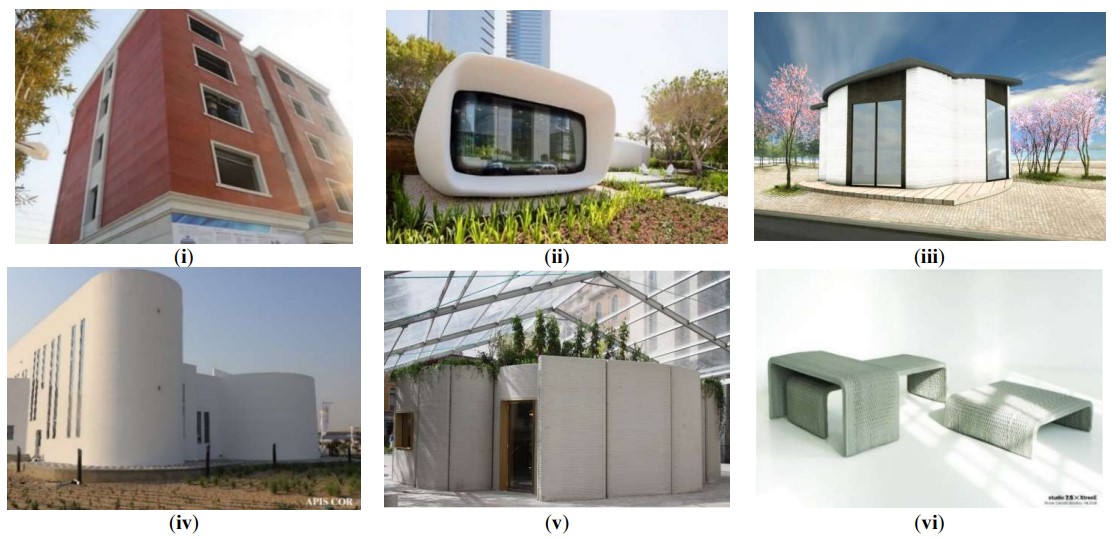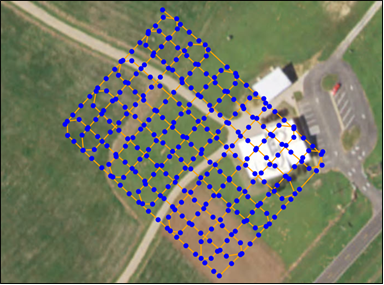Found 3 results
Review
13 February 20243D Printing Technology for Rapid Response to Climate Change: Challenges and Emergency Needs
Providing rapid, efficient, inexpensive, and resilient solutions is an eminent and urgent need for emergency relief conditions, mainly and increasingly driven by the impacts of climate change. Under such disastrous circumstances, the current practice involves preparation, dispatching and managing significant amounts of materials, resources, manpower, and transportation of basic needs, which can be hindered remarkably by infrastructure damage and massive loss of lives. However, an emerging technology known as 3D printing (3DP) can play a significant role and rapidly bring unlimited innovative solutions in such conditions with much lesser resources to meet the necessities of large populations affected. Considering the recent progress of 3DP technology and applications in different industrial and consumer sectors, this study aims to provide an analysis of the status and current progress of 3DP technology in various fields to understand and present its potential for readiness and response to disasters, emergency and relief need driven by climate change. Secondly, this study also presents a sustainability assessment of 3DP technology for such cases to evaluate economic, environmental, and social impacts. Finally, policies and strategies are suggested to adapt 3DP technology in different sectors to prepare for large-scale emergencies.

Review
17 January 2024A Review on Significant Role of Additive Manufacturing in Biomedical Applications
The rapid development of manufacturing sector has created a platform for implementing novel technologies such as additive manufacturing (AM). AM or 3D printing, has generated a lot of interests in biomedical applications during the last decade with a variety of novel printed polymeric materials. 3D printing fabricates 3D object with layer-by-layer processing through computer-controlled programming software. It has innumerable applications including electronics, aerospace engineering, automobile industry, architecture and medical sectors. One of the most demanding sectors of 3D printing is biomedical engineering applications such as medicines, drug delivery system, surgical instruments, orthopedics, scaffolds, implants etc. The clinical ramifications of AM-made healthcare goods are being catalyzed by recent developments in biomaterials. This review paper aims to explain the concept of 3D printing and its significance in developing polymeric materials for biomedical applications. An inclusive survey has been conducted on the various techniques involved in printing the biomedical devices. The proper selection of polymeric materials is important for biomedical applications, especially from 3D printing point of view and this vital parameter has been considered in this review paper. According to our findings, more breakthroughs in biomaterials, are required for the success and expansion of AM technology in the biomedical applications.

Communication
03 March 2023Evaluating Different UAS Flight Methods for 3D Model Generation and Printing of a Tornado Destroyed Cultural Heritage: Caddo House in Texas
In recent years, the use of Unmanned Aerial Systems (UAS) to obtain imagery for photogrammetry has become commonplace. Using these data to develop 3D products has also grown significantly in both research and commercial applications. This study aims to find a relatively simple and low cost UAS flight method as a means to obtain data to produce a 3D model suitable for 3D printing. The study subject chosen to assess different flight methods was the Caddo House at Caddo Mounds State Historical Site located near Alto, Cherokee County, Texas, USA. To collect images for analysis, a DJI Phantom 4 Pro UAS was used. Pix4DCapture was used to fly the drone. Two main missions were carried out, one being a pre-defined double-grid flight, and the other being an orbital free-flight method. The findings of this study indicate that if the goal is to create a true-to-life 3D model of an object using UAS, the best method would be a curated orbital free-flight method. If there is time constraint and the subject is sufficiently large and not considerably irregular, a double-grid method with sufficient forward overlap and side overlap can produce desirable results, but with a slight loss of fine details. The 3D model developed from the curated orbital flight method was successfully printed with a customer grade FDM 3D printer.
